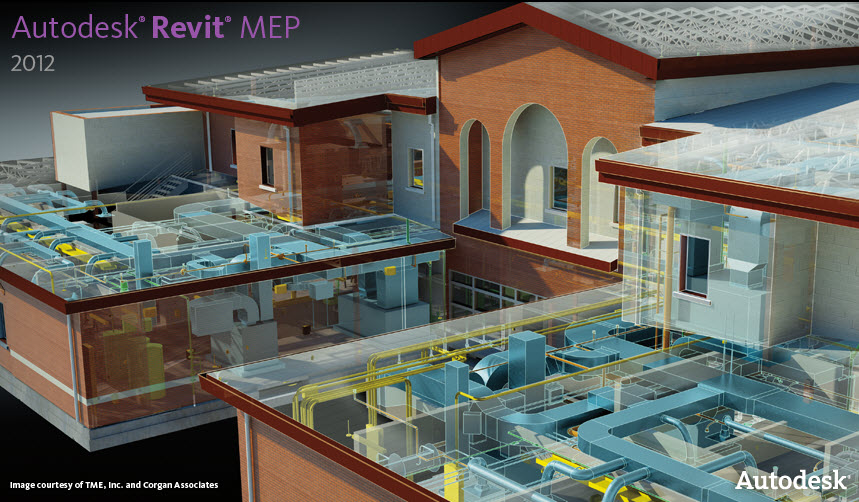The link to read the full article is here.
-Scott Brisk
Interoperability is the ability to manage and communicate electric product and project data among collaborating firms such as architects, engineers, contractors, owners and building product manufactures. Also the ability to implement and manage collaborative relationships among members of cross-disciplinary build teams that enables integrated project execution. If all members of a build team can freely exchange data across different applications and platforms, every member of the team can better integrate the project delivery.
Interoperability issues are gaining attention with the increased use of BIM. In order to optimize the use of BIM, it is critical that the BIM data be shared between build team members. As a result, interoperability of technology is an important factor. Re-entering data from a BIM into another application or platform used by the build team creates wasteful and costly duplication.
About 3% of project costs are related to software non-interoperability. As construction values have risen to record high levels, productivity within the industry has come under scrutiny. The industry generally perceives lack of interoperability as an impediment to improving productivity.
Conventional delivery methods have often promoted a divide between build team members, as work is handed off from one member to the next throughout the process. As team members work closely together during the design phases, they have a greater ability to impact costs before the project progresses into the construction phases. In order to reap the full benefits of BIM’s ability to promote integrated project delivery, build team members will increasingly need to have interoperable solutions.
While industry groups are often working toward the same interoperability goals, these groups are sometimes following different paths to a solution. A majority of the industry lists software incompatibility issues as the primary factor impacting build team members ability to share information across software.
As a significant portion of the industry adopts BIM and explores its uses, concern over interoperability isuues will grow. If a limited number of firms use BIM, the need to seamlessly share data between BIM and other applications being used on the team remains in important issue.
Interoperability within the built environment will be achieved through a combination of solutions spurred by people and technology. As build team members create and reference these data-rich models, the advantages of sharing data between disciplines become clearer. With adoption of BIM heading toward a tipping point in 2008, more users of this technology may seek solutions that facilitate data exchange. Competitive pressure could drive this dynamic. Build team members believe their competitors may be adopting BIM more quickly than they are. To avoid the risk of falling behind, more firms will adopt BIM and possibly push its limits to create their own competitive advantages.
While use of BIM is on the rise, looming legal issues threaten its use within an interoperable environment. As a new technology, there are limited legal and contractual frameworks to clearly define liability. BIM offers a dynamic exchange of data, yet within the legal community contracts are often established using language based on 2D drawings. In some contract language, if there are discrepancies between electronic files and printed files, the printed files govern. Within a model-sharing environment, data need to flow from one party to the next electronically with all parties trusting their accuracy. Without a framework to allay concerns about indemnity in such an environment, build team members will remain hesitant to collaborate using BIM. (Patrick J. O”Connor, Jr., “Productivity and Innovation in the Construction Industry; The Case for Building Information Modeling.” Pp. 35-41)
Conclusions
- BIM Experience will breed awareness and drive demand.
- Owners increasingly will take leadership roles
- Users will lead the way to define tangible benefits of interoperability
- Universal interoperability between all applications will not be the near-term solution
- Major software companies will respond to market demand for interoperable solutions, but at their pace
- This environment will spawn unprecedented entrepreneurial opportunity. Companies who can think of cost justification and user requirements, and these technology firms who do not have the baggage of legacy data structures and installed foundation to support targeted solutions that come out of the box, will be ready to enable existing tools to play nice with others.

No comments:
Post a Comment